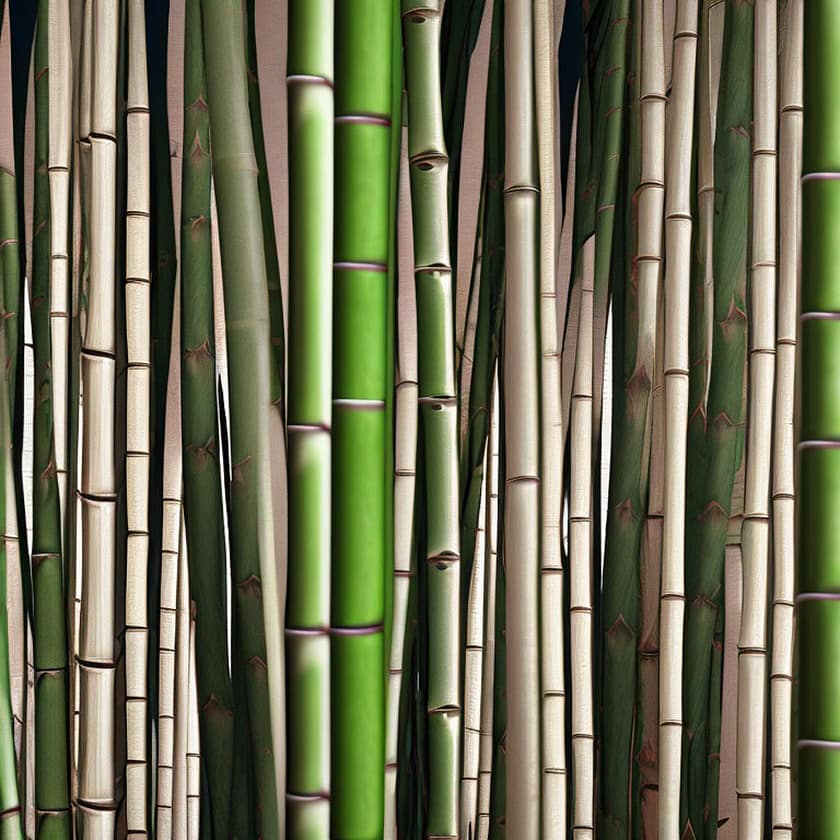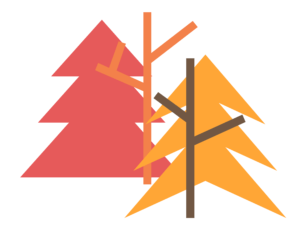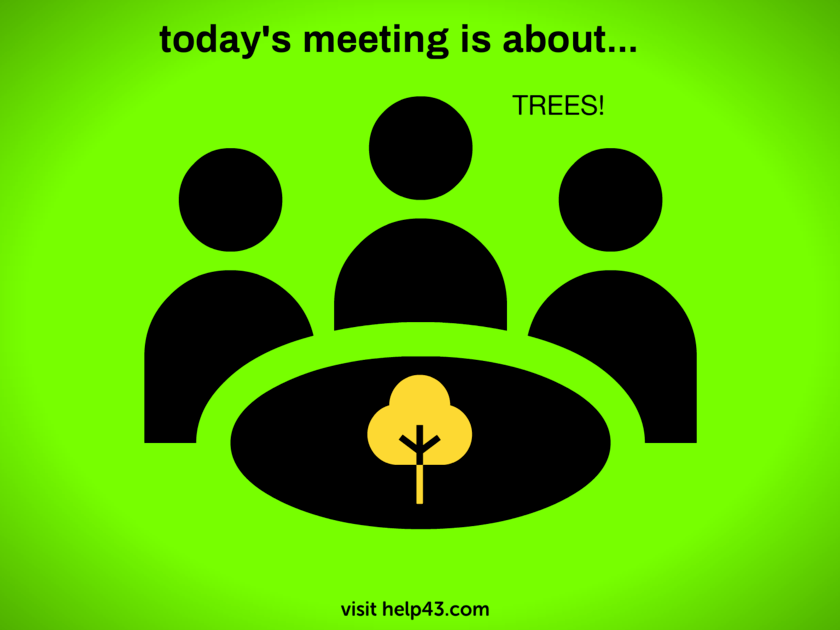Bamboo
Bamboo, its classification, use and Characteristics
Classification of the bamboo
Bamboo is a type of grass that belongs to the family Poaceae, subfamily Bambusoideae. There are over 1,600 species of bamboo in the world, which can be classified into different categories based on various characteristics such as size, color, structure, and growth habit. Here are some common classifications of bamboo:
- Clumping bamboo vs. Running bamboo: Bamboo can be classified into two main groups based on their growth habit. Clumping bamboo grows in tight, compact clusters and doesn’t spread aggressively like running bamboo, which can grow rapidly and spread over large areas through underground rhizomes.
- Size: Bamboo can be classified into different categories based on their size. Some of the common types include dwarf bamboo, which grows up to 2 feet tall, medium-sized bamboo, which grows up to 30 feet tall, and giant bamboo, which can grow over 100 feet tall.
- Color: Bamboo can also be classified based on its color. Some species have green stems, while others have yellow, black, or even blue stems.
- Structure: Bamboo can also be classified based on its structure. Some types of bamboo have thin, flexible stems, while others have thicker, more rigid stems that can be used for construction.
- Habitat: Bamboo can also be classified based on its natural habitat. Some species grow in tropical climates, while others are found in temperate regions.
The classification of bamboo can be quite complex and there are many different ways to categorize these fascinating plants.
Characteristics
Bamboo is a type of grass that is characterized by several unique features, including:
- Rapid growth: Bamboo is known for its incredibly fast growth rate. Some species can grow up to 91 cm (36 inches) in just one day.
- Hollow stems: Bamboo has a hollow stem that is segmented by nodes, which make the plant both lightweight and strong.
- Flexible and strong: Bamboo is also known for its flexibility and strength, making it a popular building material in many parts of the world.
- Environmentally friendly: Bamboo is a highly sustainable resource, as it grows quickly and doesn’t require pesticides or fertilizers to thrive.
- High biomass: Bamboo has a high biomass production, meaning it can absorb more carbon dioxide from the atmosphere than other plants, making it an effective tool for combatting climate change.
- Variety: There are over 1,600 species of bamboo, each with their own unique characteristics, such as size, color, and growth habit.
- Versatility: Bamboo can be used for a wide range of purposes, including building materials, furniture, textiles, paper, and even as a food source in some cultures.
Bamboo is a versatile and fascinating plant with many unique characteristics that make it a valuable resource for both humans and the environment.
Use of bamboo
Bamboo is a versatile and sustainable resource that has many uses, some of which include:
- Construction: Bamboo is a popular building material in many parts of the world due to its strength and flexibility. It can be used for everything from scaffolding to flooring, roofing, and even entire houses.
- Furniture: Bamboo is also used to make a variety of furniture, such as chairs, tables, and bookshelves, due to its strength and durability.
- Textiles: Bamboo fibers can be processed into a soft, silky fabric that is often used to make clothing, bedding, and towels.
- Paper: Bamboo can also be processed into paper, which is both strong and sustainable.
- Food: In some cultures, bamboo shoots are a popular ingredient in many dishes, and can be found in soups, stir-fries, and salads.
- Musical instruments: Bamboo is used to make a variety of musical instruments, including flutes, xylophones, and even guitars.
- Decorative items: Bamboo can be used to create a variety of decorative items, such as lamps, picture frames, and vases.
- Garden products: Bamboo is also used to make a variety of garden products, such as trellises, fences, and planters.
Overall, bamboo is a versatile and sustainable resource that can be used for a wide range of purposes, making it an increasingly popular choice for eco-conscious consumers.

Thank you for likes, shares and comments! 🌳🌴🌲🌵
Source OpenAI’s chatGPT Language Models, Dalle, AI trot and Fleeky
images Picsart and MIB
Invest in your future
Take time to learn
Embark on your journey in affiliate marketing and website creation alongside an incredible community and myself. Invest in your future by dedicating time to learn and earn. Take all the time you need to master the basics before aiming higher. Give it a try and sign up for free. You won't regret it! Discover the possibilities for yourself...


